Trade shows are all about connecting with customers new and old, and an engaging display using lightweight, vertical assets in eye-catching colors can make that happen. Bright and colorful booths with distinctive features attract foot traffic, and lighting and projection create an experience. Pop-up displays that maximize available space are on trend, and their light weight makes setup and disassembly, transportation, and storage easier. Customers appreciate it even more when the textiles are recyclable or made of recycled materials.
Advancements
Moss Inc. founder Bill Moss designed and patented the pop-up technology for a camping tent in the 1950s, and by the early 1980s, that technology had advanced to allow curvilinear designs and lightweight fabric and frames to display products on trade show floors. From pop-up tents to pop-up exhibits, Moss, headquartered in Franklin Park, Ill., entered the trade show business and helped in the easier creation of booths. No more Formica® and plywood.
Advancements in printing technology have helped Moss expand its capabilities. Previously, if the company had a customer who required a lot of red fabric for a booth, for example, Moss would source that fabric. “Now, printing technology performs so fast that we can print red fabric on demand,” says Elissa Decker, vice president of global procurement and textile development at Moss. That helps eliminate leftover fabric and textile waste and improves inventory management.
At Fisher Textiles in Matthews, N.C., technology shortens the time to print, cut and sew the full graphics and gets products out the door quicker than ever before. “Finishing equipment such as automatic textile laser cutting and industrial sewing tables with conveyor belts that automatically cut bead can shrink bottlenecks in the finishing department,” says Lisa Scarafoni, sales and new business development manager at Fisher Textiles. “Laser power that’s adjustable to the fabric being cut means constant quality and no yellowing or burning of the edges.”

Sustainability efforts
Increasingly, customers care about what comprises a fabric and its life cycle. Many big players in the trade show market seek out sustainability features in a display’s components, says Scarafoni. That drives change from suppliers and manufacturers. Fisher Textiles responded to those concerns with its Enviro-Tex line, which includes the company’s top 10 selling fabrics in 100% recycled postconsumer versions.
“Our lineup includes fabric media with between 20 and 51 recycled plastic water bottles per linear yard for backlit and front-lit [silicone edge graphics] SEG, printable blockout, pillowcase displays, outdoor canopy tents, backdrops, roll-up banners and tablecloths,” Scarafoni says.
Fisher Textiles recently released Green Groove keder, which is PVC-free and matches typical silicone properties in elasticity and hardness. It performs like silicone when sewn onto the backside of printed fabric to produce silicone edge graphics, without traceable amounts of metals or compounds that cannot be recycled. “Traditional recycling chains that accept polypropylene-based products can recycle Green Groove,” Scarafoni says. “In contrast to many other plastic materials, it can be recycled—reprocessed—an indefinite number of times with negligible reduction in performance.”
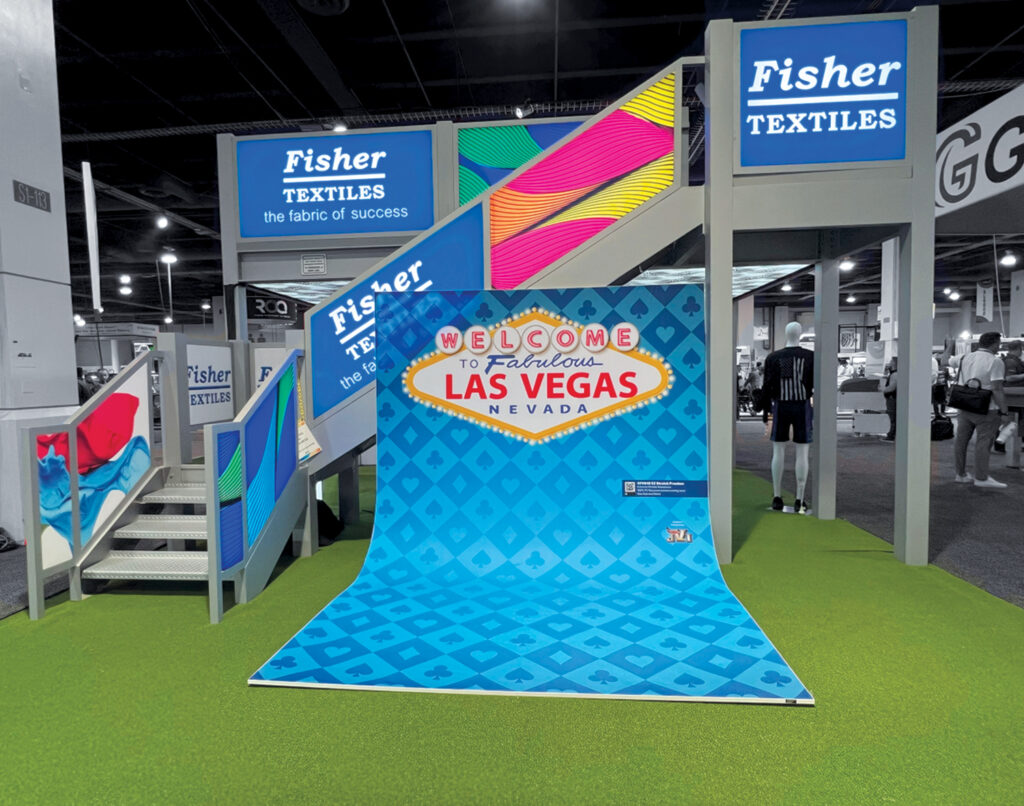
In June 2024, Moss launched Sustaina, a fabric collection that includes materials with recycled content. These sustainable fabrics are priced the same as other Moss fabrics. Decker says, “We have the raw materials to help customers take action without a cost impact. Customers who choose Sustaina products pay zero additional cost [over materials without recycled content].”
Moss is also testing a gasket made solely of woven polyester. “Using narrow fabric, we will have a gasket for display booths made entirely from fabric,” says Decker. “Coupled with our Sustaina fabric, the entire display will be recyclable, which is where we see the industry headed.”
Other environmental efforts include running the business on renewable energy and a continual quest for upcycling opportunities. Decker says, “We partnered with a punching-bag manufacturer who took our collected fabric waste and molded it into the soft interior of a punching bag. They were then sold, giving the fabric waste a second life.”
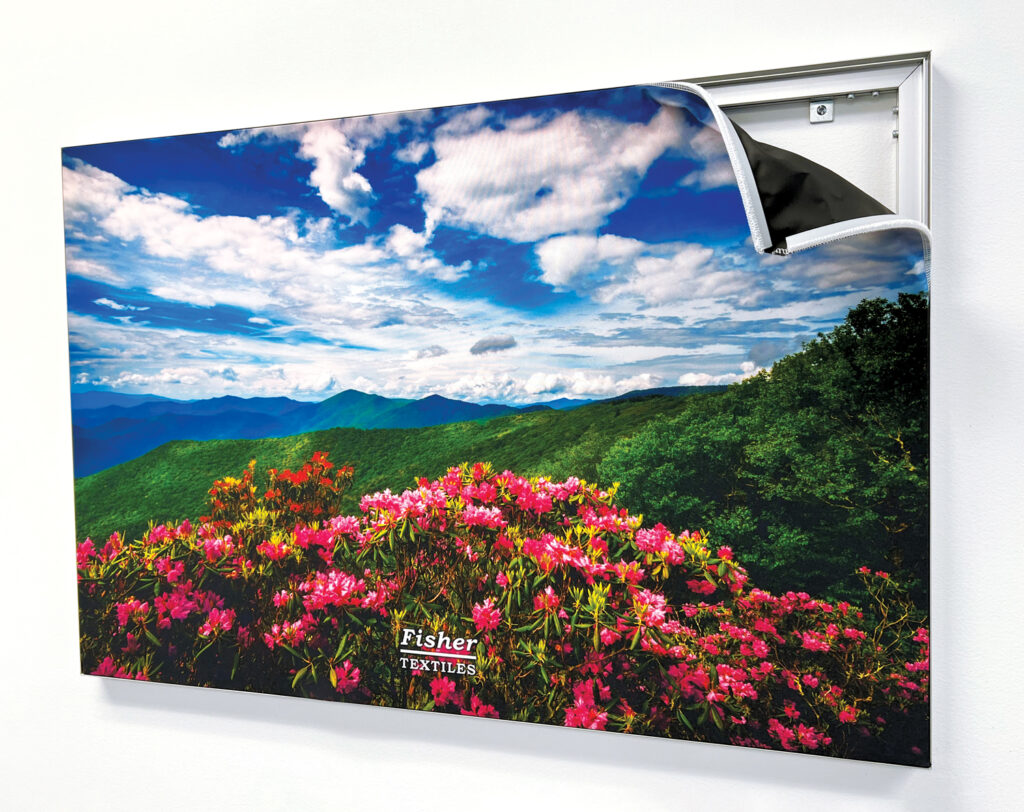
Rental trend
Having materials available for customers as rentals can also prevent a load of single-use materials heading to the dumpster after a show is over. According to Scarafoni, many of the aluminum hardware structures and displays are rentals now. “Companies are allowing end users to rent the hardware and buy the signage/graphics for the short event and will pick up and repurpose that structure in the future,” she says. She is aware of companies working to set up recycling/take-back programs that are affordable and available to everyone in the trade show industry.
Providing rental pieces is a win for Transformit, in Gorham, Maine. Transformit has more than 100 different products that can be rented, modified or customized for purchase, and the business regularly supplies rental frames with printed “skins” that a customer has purchased. It has lessened its projects that are completely custom. The change was partially for economic reasons; elaborate trade show booths are an investment not every customer is willing to make.
“[A segment of the market is] buying stuff sight unseen from China,” says Matt Rawdon, research and development at Transformit. “We are happy to help anyone build their exhibit with fabric, but we have stopped prospecting for trade show work because the lower end of the market is cutthroat, populated with less experienced vendors.”
Cindy Thompson, Transformit’s owner,is a sculptor, and tension fabric is her medium. The company is busy with artistic projects, both custom-made to a client’s design and assembled from its extensive rental inventory.

Drawing in customers
For customers wanting to make an investment in their trade show booth, immersive experiences are a hot trend now, Rawdon says. These rely on color, lighting and projection—and fabric enhances all three. What immersive means or looks like varies between installations.
“You can find true immersive, where you don’t quite know where you are,” Rawdon explains, “or an installation where you’re dipping your toe in an experience.”
Illumination is part of creating those bold experiences and will continue to be a boon for trade show exhibits, along with projection capabilities. “Technology and LED lighting changed the trade show world,” says Rawdon. “LED lights are versatile and reliable, with cool temps, which is important with fabric.”
He says that fabrics with cylindrical yarns, such as polyester, have “good optical qualities,” noting that “circular yarns allow the light to bounce inside and outside of the fabric.”
Natural aesthetics in booths also are trending. “We’re seeing an increase in natural elements like floor plants, printed bamboo walls and greenery, plus live hanging plants that maximize vertical space, give a sense of depth in a booth and create a more inviting atmosphere,” Scarafoni says.
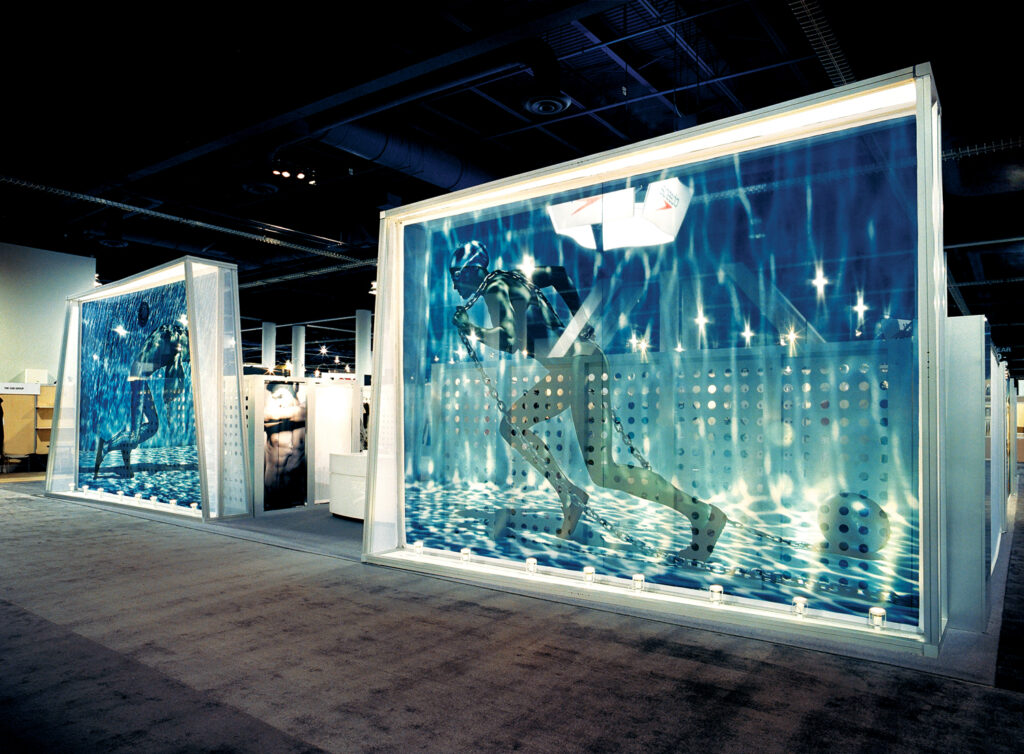
At a Las Vegas trade show earlier this year, she noticed certain trends that drew heavier traffic. Those booths used silicone edge graphics, lightboxes, touches of nature or greenery, shapes and dimensions, and flooring that tied the exhibit together. “Exhibitors want a great touch point and visual pop on these fabric materials for their displays,” says Scarafoni. “Everyone at a show is naturally drawn to brightly lit displays with popping colors and touchable textiles.”
The warmth and invitation of cloth and color can result in experiences that include personal connection and conversation. A stellar exhibit creates a memorable experience and tells an exhibitor’s story in ways that benefit both vendors and visitors, and the interaction that happens at trade shows between people and companies is not something an online presence can achieve. Human-to-human interface is a powerful branding opportunity.
“Storytelling is the name of the game for a stellar trade show exhibit,” Rawdon says. “Every good company has a good story; find yours and tell it.”
Linda McDonald is a freelance writer based in Minneapolis, Minn.

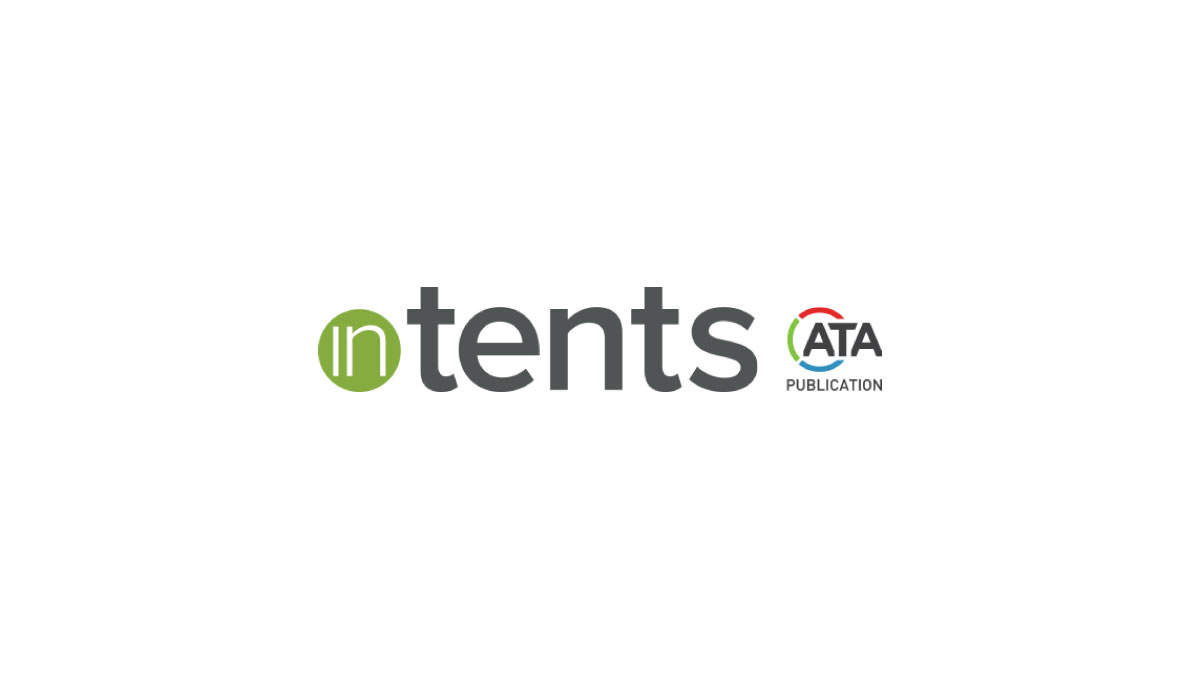
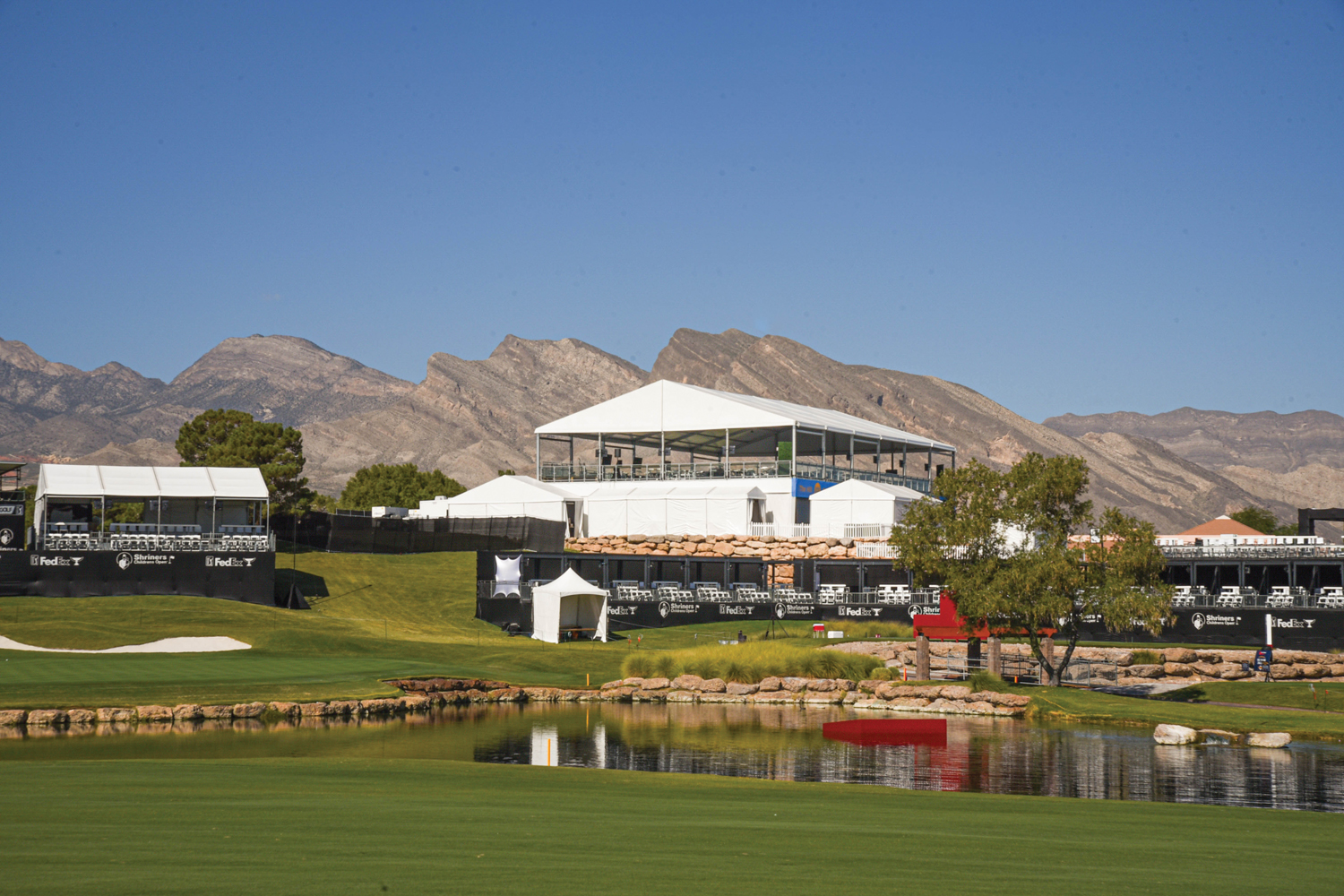




Leave A Comment